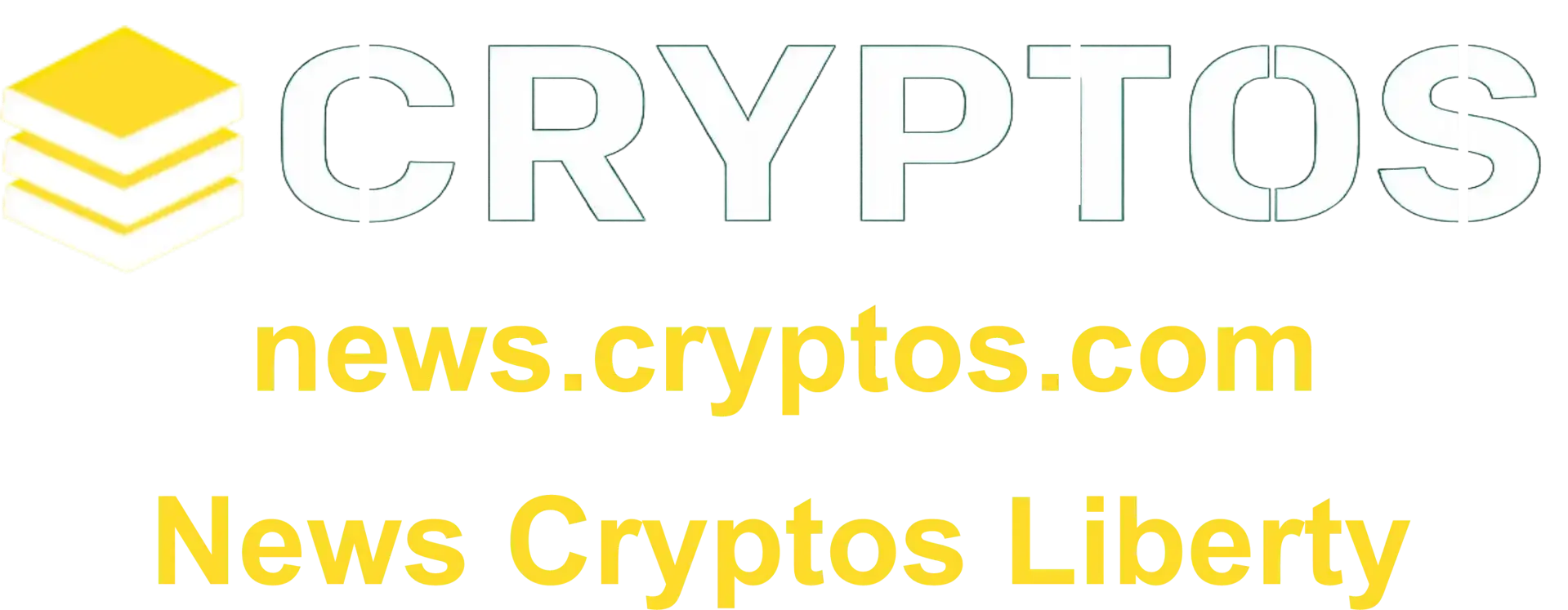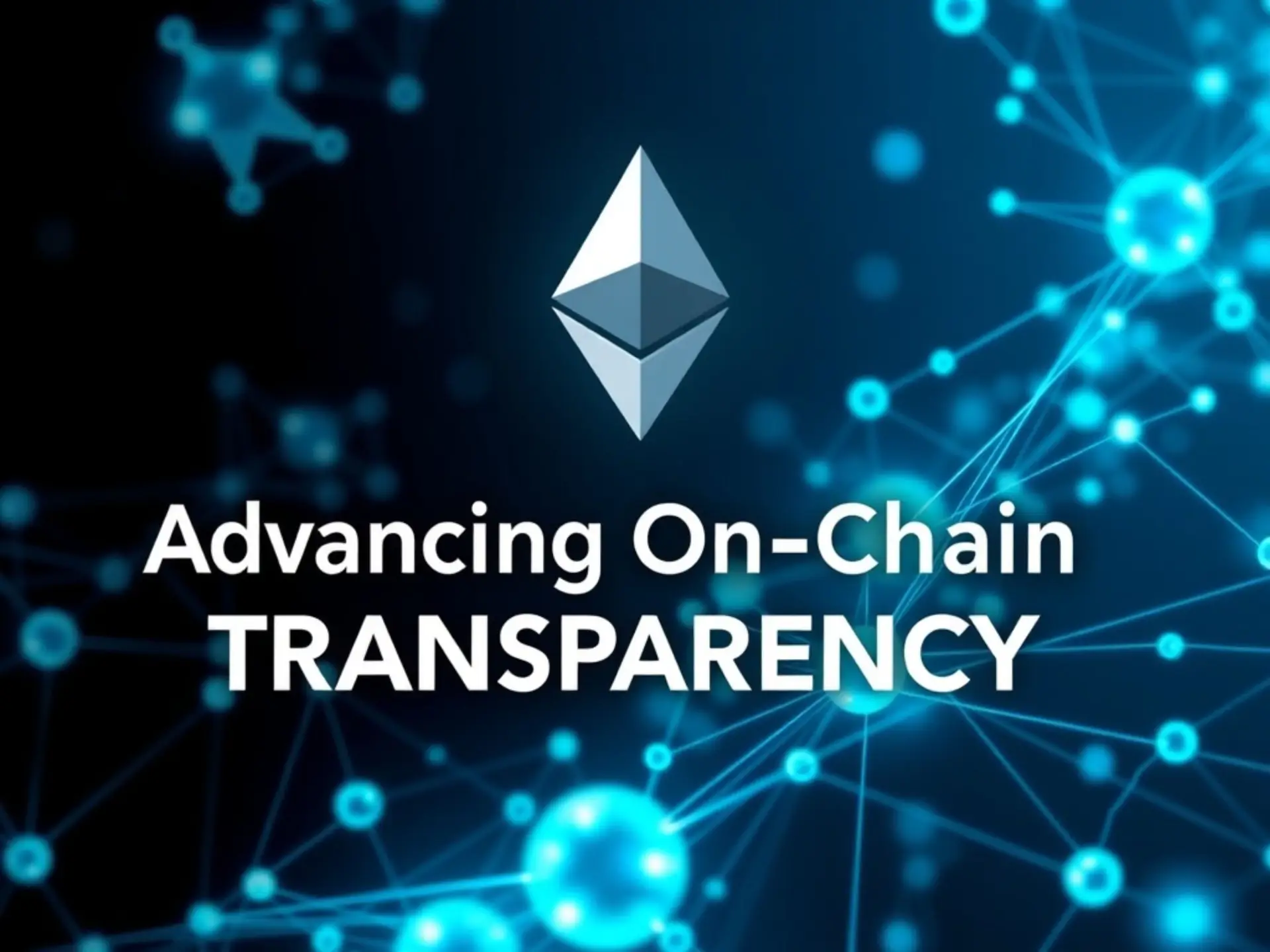Seven well-known Ethereum projects have teamed up to launch a new collaboration aimed at improving the transparency and clarity of blockchain activity happening on-chain.
The combined group includes leading Ethereum protocols such as Uniswap, Aave, Safe, Gnosis, Snapshot, ENS and Llama.
This joint effort is being formed at a time when the blockchain industry is demanding more real-time visibility, honest reporting, accurate on-chain analytics and open disclosures — especially as Web3 becomes more mainstream. The organizations involved believe that transparency is a major pillar for the future growth of decentralized technology.
The alliance said their focus is to create clear standards around how on-chain metrics and data are measured, documented and shared publicly. Instead of each project using different reporting methods, this group wants the industry to move toward a single standard where data is easy to verify, easy to analyze, and easy for users, investors, researchers, regulators and developers to understand.
They also want to improve how key statistics such as TVL, token distribution, DAO voting results, treasury movements and protocol changes are recorded. The aim is to eliminate confusion, reduce manipulation, and make sure the data on Ethereum is presented in a consistent and trustworthy way.
The coalition sees transparency as the missing link between blockchain technology and mass adoption. When users and institutions can verify information directly on-chain without guessing, trust increases. This could also support compliance, promote responsible development, and give outsiders more confidence in the reliability of Web3 systems.
Overall, this move signals that major leaders in the Ethereum ecosystem are taking accountability seriously and want to strengthen the reputation of decentralized protocols. If the standards created by this alliance become widely adopted, we could see a new era where blockchain transparency is not optional — but expected.
This collaboration is also a statement that Ethereum is growing beyond just being a technology. It is becoming a global infrastructure layer where banks, governments, institutions and everyday users may eventually depend on accurate public data. The protocols involved understand that transparency is not just a nice-to-have feature — it is a core requirement for the future of decentralized finance and Web3 governance.

Another important angle is fairness. Today, the industry suffers from misleading TVL metrics, inaccurate ranking charts, manipulated volume claims, or statistics that are presented in ways that favor one protocol against another. This alliance wants to end that. By making data more standardized and publicly verified, it becomes harder to fake numbers or mislead the community.
This can also lead to healthier competition. When data is transparent, good products will win based on real value, not marketing hype. Strong, innovative, well-run protocols will be discovered faster — and low-quality projects will be exposed quickly.
The partnership also indicates that major players are willing to cooperate rather than compete blindly. Even though these protocols are independent, the fact that they are working together shows maturity in the industry. Instead of operating like separate islands, the Ethereum ecosystem is recognizing that shared standards benefit everyone.
In the long run, this move could also make regulation easier. If the industry shows it can create strong transparency rules by itself, governments will have fewer reasons to impose heavy external regulations. Self-governance builds credibility.
We are entering a phase where Web3 data standards might become as important as blockchain code. This alliance is a first step toward building trust at a global scale — for builders, investors, users, and new institutions coming into Web3.
Source: Cryptonews Edited by Sonarx

